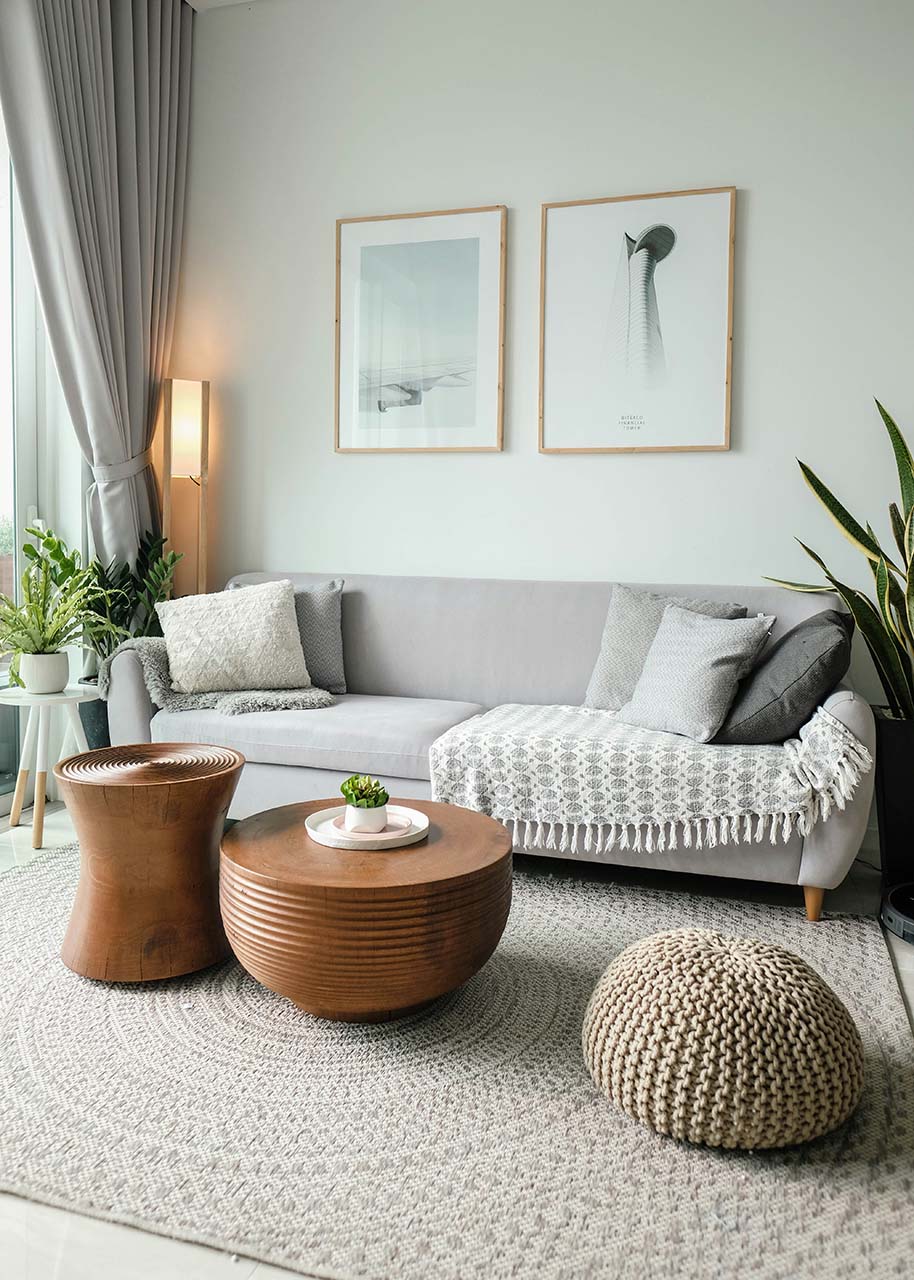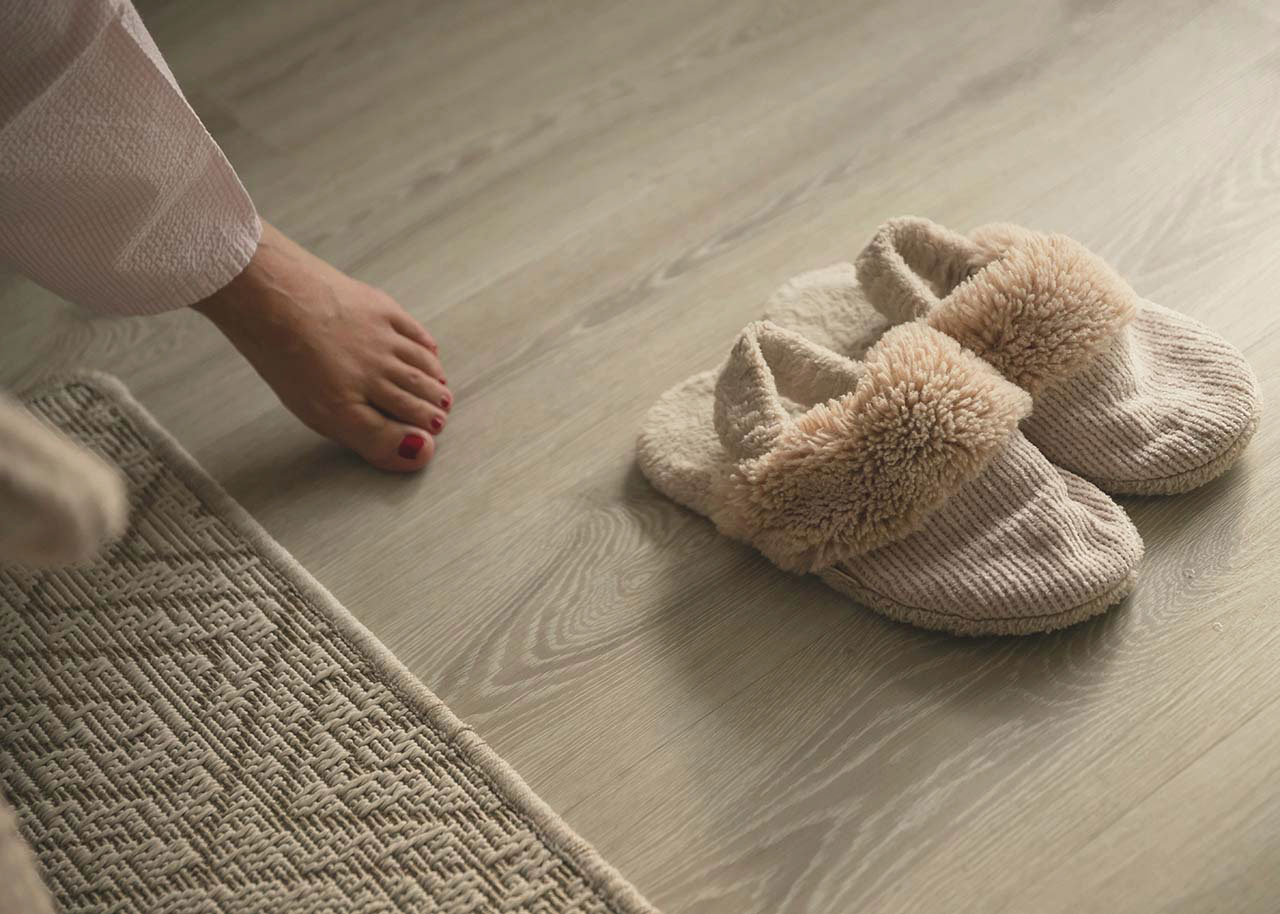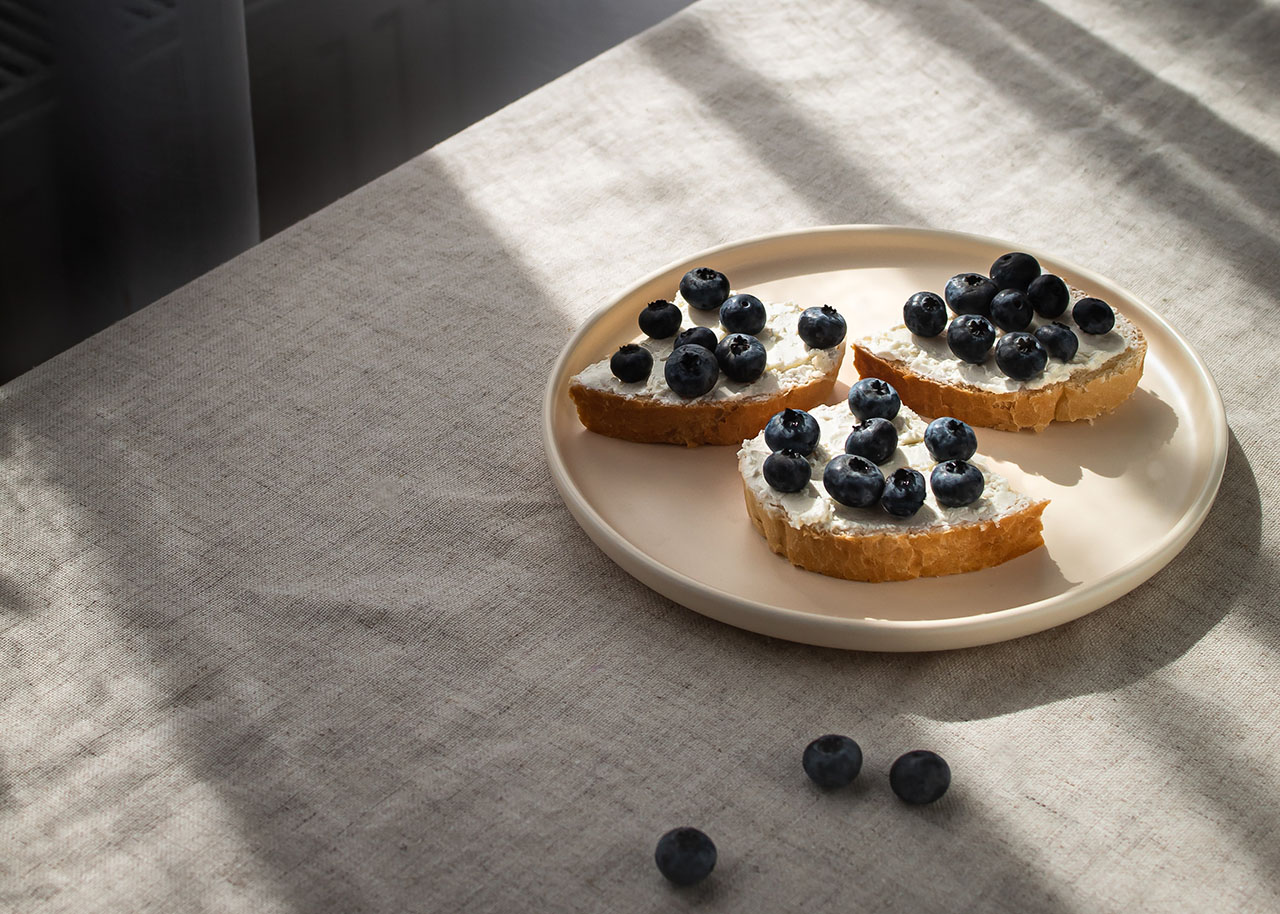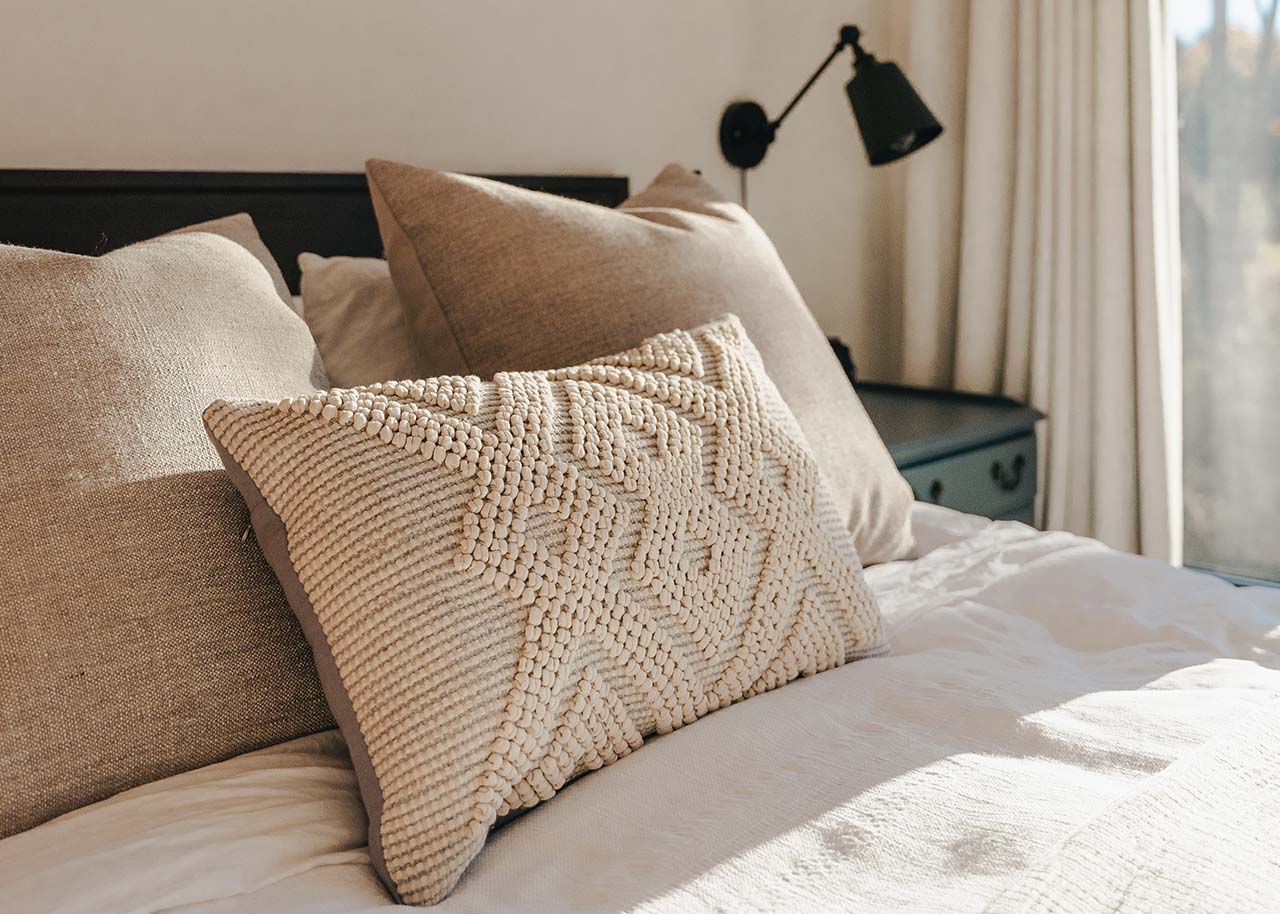(collaborative post)
When it comes to shaping the atmosphere of your home, flooring often plays a subtle yet significant role. While many people focus on wall colours, furniture arrangements, and decorative accessories, the surface beneath your feet can be just as influential in determining how you feel on a day-to-day basis.
Increasingly, however, homeowners and interior designers alike are turning their attention toward carpets to set the right mood. From the soothing hue of a gentle sky-blue rug to the comforting plushness of a thick, high-pile weave, the colour and texture of your carpet can have a measurable impact on your emotional well-being.
This idea isn’t just speculation. According to recent studies based in environmental psychology, the spaces we inhabit can either heighten or reduce our stress levels. In other words, the look and feel of your home’s flooring can shape the way you experience comfort and relaxation.
Ben Herbert, Director at the online luxury carpet store Designer-Carpet.co.uk, underscores this point. According to him, “the colours and textures of carpets can have a profound impact on our emotions. And by selecting the right carpet, you can transform your living space into a sanctuary of calm.”
The Science Behind Colour and Mood
Colour psychology is a field that explores how different hues can evoke various emotional responses. This area of research suggests that some colours are consistently perceived as calming and restful, while others are invigorating or even stressful. By understanding these basic principles, you can make more informed choices when selecting a carpet for your home.
Blue and green, for instance, are frequently associated with tranquillity, serenity, and a sense of balance. These cooler hues are reminiscent of nature: think of the peacefulness you feel looking at a clear summer sky or a grove of lush trees.
Incorporating these colours into your flooring can help you tap into that inherent calm. As Herbert explains, “Opting for carpets in shades of blue or green can create a peaceful oasis in your home, particularly in areas like bedrooms or study rooms where relaxation is key.”
Beyond blues and greens, softer neutrals — such as pale grey, beige, or off-white — can also contribute to a sense of calm. These muted tones act as a blank canvas, making a room feel more open and airy while allowing other comforting elements, like furnishings or textiles, to shine.
Neutral colours also tend to age well, meaning you’ll be less likely to tire of their presence over time. In contrast, bolder colours like vibrant reds or oranges can energise a space. They’re a good choice if you want to foster creativity or stimulate conversation, but are far less suitable for spaces meant for unwinding.
The Importance of Texture
While colour often gets top billing in discussions about mood, texture is equally crucial. Imagine walking into a room after a long, stressful day and stepping onto a luxuriously soft, plush carpet.
That tactile sensation can immediately put you at ease, reminding you that you are in a safe, comforting environment. On the other hand, a rough or scratchy carpet underfoot may be jarring and uncomfortable, subconsciously raising your stress levels rather than alleviating them.
As Herbert points out, “the tactile sensation of a high-quality carpet can provide a sense of comfort and security, which is essential for stress reduction.”
Texture also plays a role in how the carpet interacts with the rest of the room. A thick, high-pile carpet can absorb sound and create a cocoon-like atmosphere that encourages relaxation. A flatter, low-pile carpet might be easier to clean and more practical for high-traffic areas, but it might not offer the same level of cosiness.
Think carefully about what each room’s primary function will be. A soft, plush carpet might be perfect for a bedroom or reading nook, while a more durable and low-maintenance texture may better suit a home office or hallway.

Sound Dampening for a Quieter Mind
Noise is a subtle stressor that often goes unnoticed until it’s gone. Carpets excel at reducing ambient noise levels by absorbing sound rather than reflecting it. With less echo and reverberation, your home can feel quieter, safer, and more serene. This sound-dampening quality is especially valuable if you live in a busy household with children, pets, or frequent visitors, or if you share walls with neighbours.
“The sound-dampening qualities of carpets can significantly enhance tranquillity in your home, making it a more relaxing place to be,” according to Herbert.
By reducing environmental noise, a good carpet can help promote restorative moments of quiet — perfect for meditation, reading, or simply enjoying a cup of tea at the end of a long day.
Tips for Selecting Your Carpet
Choosing the right carpet involves considering multiple factors — colour, texture, and quality all play a role in achieving a harmonious, calming environment. Here are a few expert tips to keep in mind.
Colour selection
Think about how you want to feel in the space. For a calming room, lean toward soft blues, greens, or neutrals. If you want a livelier atmosphere, consider warmer tones, but remember that these might not be as effective at reducing stress. If possible, bring carpet swatches into your home and lay them down, observing how the colours look under different lighting conditions throughout the day.
Texture preference
Consider how the carpet will feel underfoot. If you’re looking to create a relaxation zone, invest in plush, high-pile carpets that invite you to kick off your shoes and sink in. If you’re furnishing a busy family area, a more resilient, low-pile carpet might be preferable. Don’t forget to test samples in person — what looks soft online might not feel as luxurious in reality.
Quality materials
The materials your carpet is made from affect both comfort and indoor air quality. Natural fibres like wool tend to be durable, warm, and cosy. Wool is also hypoallergenic and resistant to dust mites, making it a good choice for individuals with allergies. Synthetic fibres can be cost-effective and easy to clean but may not offer the same softness or warmth as natural materials. Investing in a high-quality, eco-friendly carpet can also contribute to a healthier indoor environment, supporting not only your emotional well-being but your physical health as well.
Room-by-room considerations
Each space in your home serves a unique purpose. A bedroom or a living room, spaces dedicated to relaxation, might benefit most from soothing colours and plush textures. Home offices, study areas, or crafting rooms could use the calming influence of soft, muted tones combined with a more practical, lower-pile carpet that’s easier to keep clean. Hallways and entryways might call for tougher materials that can withstand foot traffic while still providing a welcoming feel.
Maintenance and longevity
Stress can creep in when you’re constantly worrying about stains, wear and tear, or the need for frequent cleaning. Opt for a carpet that suits your lifestyle. If you have young children or pets, choose a carpet that’s easy to clean and resistant to spills. This way, you can maintain that calming environment without the anxiety of constant upkeep.
Creating a Sanctuary of Calm
Your home should serve as a refuge from the outside world, and the right carpet can play a pivotal role in achieving this goal. By carefully choosing colours that promote relaxation, textures that soothe the senses, and materials that contribute to a healthy indoor environment, you can cultivate a space that actively reduces stress and fosters well-being.
As Herbert notes, the key is intentionality. “By thoughtfully selecting your carpet’s colour and texture, you can create a home environment that actively contributes to stress reduction and overall well-being.”
This post was published in collaboration with a content partner. The article is meant to inspire you how to live a slow, simple, soulful and sustainable lifestyle and may contain (affiliate) links to articles, websites or products/services that may be of interest to you.
Would you like to receive inspiration from The Slow Living Guide regularly?
Sign up for the newsletter here.



